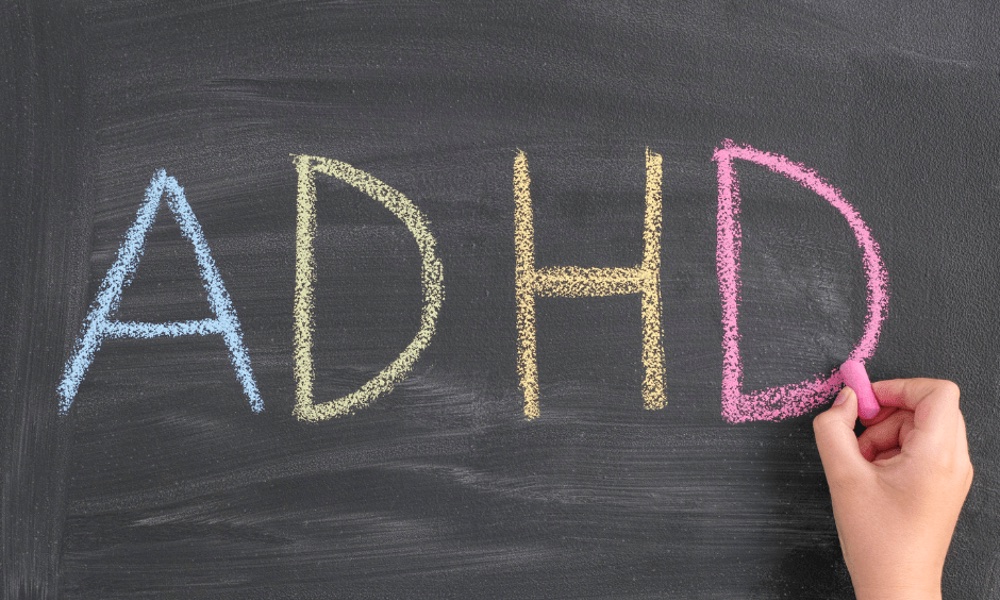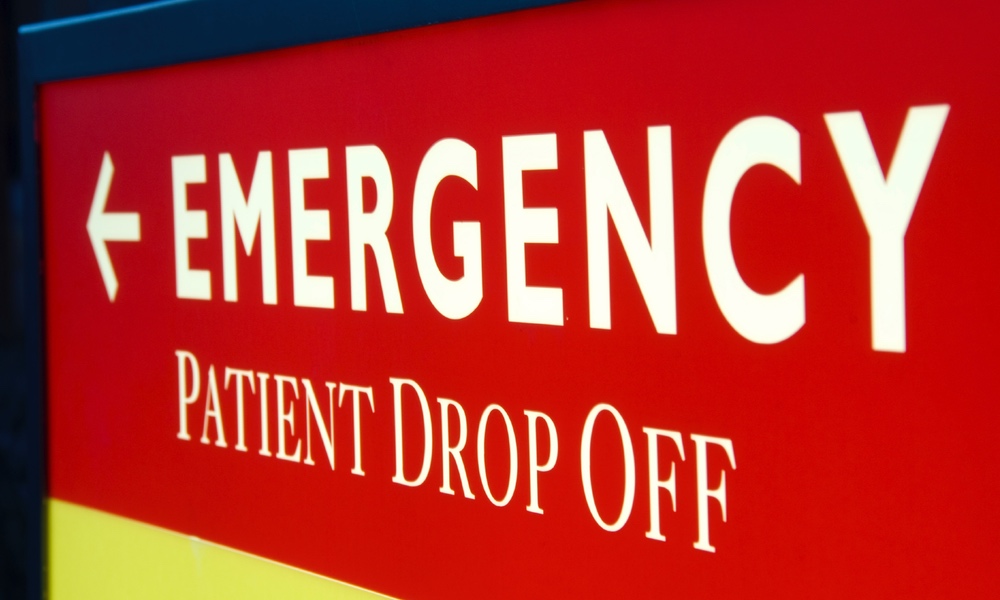Untreated mild or moderate hypertension during pregnancy increases the risk of severe hypertension and preeclampsia. But few studies have looked at how hypertension is treated in pregnant women since the American College of Cardiology/American Heart Association guidelines were updated in 2017.
These revised guidelines lowered the thresholds for stage 1 and stage 2 hypertension. The designation of stage 1 hypertension shifted from 140-159/90-109 mm Hg to 130-139/80-89 mm Hg. Stage 2 hypertension dropped from 160/110 to 140/90 mm Hg.
The revision of the AHA/ACC guidelines seven years ago had little effect on the diagnosis and treatment of hypertension in pregnancy, researchers led by a team at Stanford University recently found. Although rates of hypertension during pregnancy increased, treatment rates remained steady at about 60 percent.
The fact that treatment rates remained steady surprised the researchers, Stephanie Leonard, lead author told TheDoctor. “We had hoped to see some impact from the 2017 guidelines, and were surprised to not see any meaningful changes from before and after the guidelines.”Poor cardiovascular health and chronic hypertension before pregnancy are important targets for improving maternal health, since nearly one in three individuals with chronic hypertension will experience a pregnancy complication.
She pointed out these data are similar to treatment rates for other conditions among young adults. “I think there is a feeling that young people probably don't need treatment, even though clinical guidelines would recommend it,” said Leonard, adding that the treatment of hypertension during pregnancy remains controversial.
Poor cardiovascular health and chronic hypertension before pregnancy are important targets for improving maternal health, since nearly one in three individuals with chronic hypertension will experience a pregnancy complication, Sadiya Khan, chair of the writing group that drafted an AHA scientific statement on optimizing cardiovascular health before pregnancy, said in a statement.
When insurance claims were analyzed for the current study, however, the rate of hypertension among pregnant people rose steadily. During the 2007 to 2021 study period's almost two million pregnancies, it more than doubled, going from 1.8 percent to 3.7 percent.
Pregnant women with chronic hypertension were more likely to be from the South and have other chronic health conditions such as obesity, type 1 or type 2 diabetes or kidney disease.
They were also more likely to be 35 years old or older. Being older had already been found to be the main driver of rising rates of chronic hypertension during pregnancy, something Leonard, an assistant professor of maternal-fetal medicine and obstetrics at Stanford University School of Medicine, found “very plausible since blood pressure tends to increase as we get older.”
The proportion of pregnant people prescribed drugs for hypertension was inconsistent. The number of pregnant women treated with methyldopa, a drug that is no longer manufactured, dropped 27 percent; and the those treated with hydrochlorothiazide decreased six percent. But the proportion of pregnant women treated with the drug labetalol increased 22 percent and the proportion treated with nifedipine increased eight percent. Going forward, Leonard said that her team plans to look into the effectiveness of different antihypertensive medications during pregnancy.
Both the study and a related editorial are published in the journal Hypertension.





